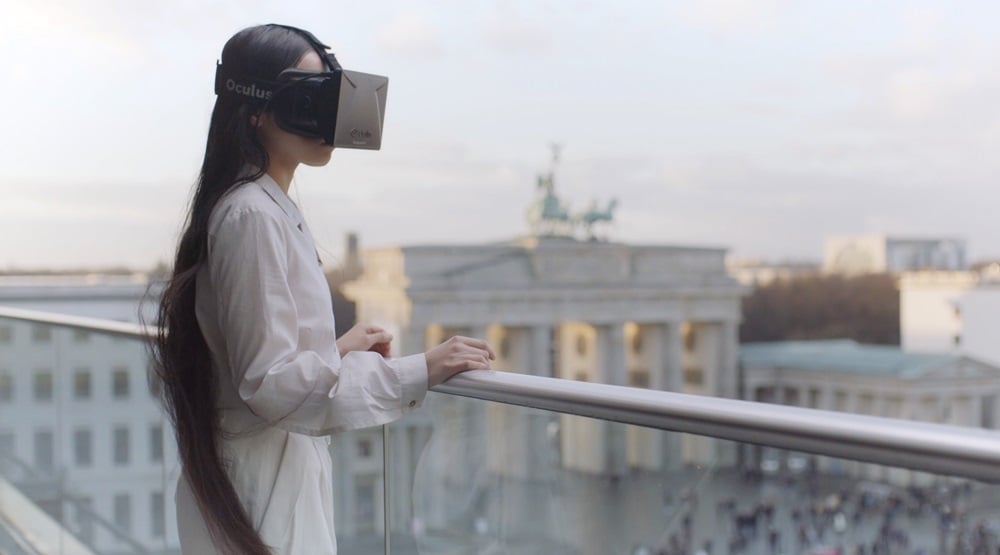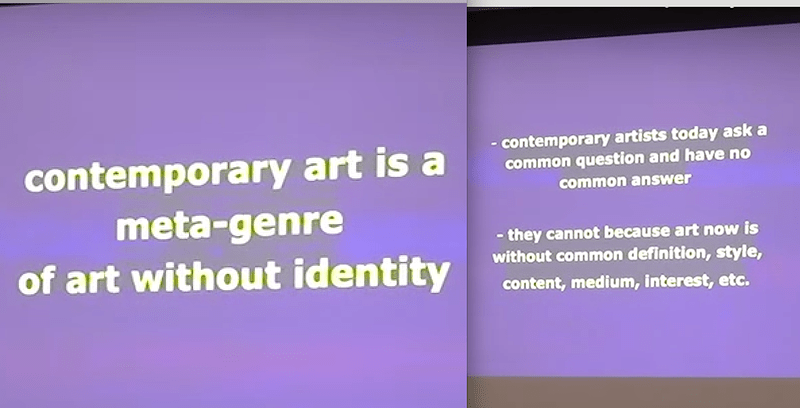For Ocula, Mo Salemy writes about the 9th Berlin Biennale and the many varied responses it got from the press. Read Salemy in partial below, or in full via Ocula.
When I walked into the Akademie der Künste to attend the press conference of the 9th Berlin Biennale for Contemporary Art—titled The Present in Drag and curated by the online collective, DIS—I wondered if it would be possible to locate a grounded position from which to take a pragmatic look at the exhibition. The difficulty of reviewing a large exhibition in which your friends are participating and its curators are people you know is not something to look forward to, in today’s global contemporary artplex, where everybody knows everybody. Nowadays, when people are aware of a critic’s personal connection to their subject, they will dismiss any pretence to objectivity: their praise will be considered a favour, and their objections a sign of envy.
In the past, both Artur Żmijewski’s Occupy-inspired iteration of the Berlin Biennale in 2012 and Juan Gaitán’s 2014 foray into museological critique had their own friends and enemies, provoking positive and negative responses from a wide range of expected and unexpected positions. Having read most of the reviews of the current Berlin Biennale, I would like to chart a modest position in regards to the latest edition. But rather than repeat claims and opinions, I will try to fill in the gaps surrounding the critiques of this Biennale instead.
When the Berlin Biennale selection committee—headed by Gabriele Horn, the Director of both KW Institute for Contemporary Art and Berlin Biennale for Contemporary Art—picked DIS as the curators for the 2016 edition, it was clear to those of us familiar with the collective that the exhibition, both in form and content, would deviate from expected norms. In choosing DIS, the committee took a risk: they entrusted the Biennale to a band of outsiders who don’t owe their reputation to the art world’s own industrialised system, but are instead known for their accomplishments at forging connections between advertising, fashion, communication and popular culture via the Internet. Given the ideological and professional distance separating DIS from the regular art world apparatchiks, grandiose dismissals of the show by the art press are misdirected if not unfair. Expressing shock or approaching the show as a usual biennale, a position that most critics so far have taken, does not get to the heart of what this Biennale both accomplishes and signifies.
In my opinion, the 9th Berlin Biennale is the first large scale institutional attempt to integrate contemporary art, not only materially—this was achieved decades ago by the total industrialisation of the production and dissemination of art—but also philosophically into the larger frames of creative design, commerce and popular culture. (A similar integration occurred with New York’s MoMA PS1 under the direction of its chief curator Klaus Biesenbach, who also happens to be the co-founder of both KW and the Berlin Biennale). Certainly, DIS has created an exhibition version of what they do best online in their eponymous magazine where they blur, if not all together remove, the distinctions between art, theory, advertising, fashion and start-up commerce. But while DIS is often misunderstood to be an ambassador of ‘post-internet art’, given the central role new communication technologies play in the violent insertion of real life into art, their exhibition does little to dismiss such a misunderstanding. The Present in Drag both indexes Post Internet art and applies the logic of digital immanence to the organisation of the exhibition by offering a contemporary history of the rise of the Internet aesthetics through its artist selection. This ranges from Ryan Trecartin, Timur Si Quin to Jon Rafman, and Cecile B. Evans, Guan Xiao and Juan Sebastián Peláez.
*Image: Speculative Ambience, 2016. Video Still, produced by Iconoclast. Courtesy Berlin Biennale for Contemporary Art.

